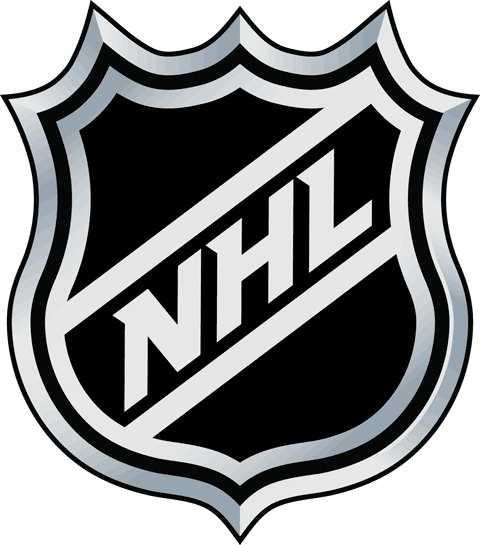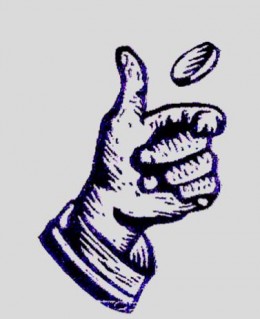
Should you play the money-line on parts of the NFL? Can it be profitable? How is the money-line used in baseball? Some lower answers...
Regular players are aware of the money-line, but this is not the case of all punters. Yet, this development offers enormous potential for profits. This section will describe you what is money-line as well as how it can be used to win big (with a small risk) on the parts of the NFL.
What is the money-Line?
Play the money-line is equivalent to choose a team (favorite or underdog) to win a game. For this update, there's no difference. If your team wins, you win your bet. If your team loses, you lose your bet. And there is no "juice" or charge for this upgrade (unless a different structure).
I know what you think - you only have to choose the favorite every time to Pocket your money. Unfortunately, this is not as easy. If your bet pays you what you bet only and that the favorite won only 50% time or slightly more, you remove much see nothing. That is why, obviously, this will be at best a sum zero (or losing) update. If you select a favorite, you bet more than you can earn. If you choose an underdog team, you must wager less money than what you can win. Let's see some examples:
Example 1: Miami Dolphins - 3 against the Minnesota Vikings
For this part, the House will have decided to put money-line-180 for Miami and + 150 for Minnesota. Which means that if you bet on winning Miami, you will need to bet $ 180 to win $ 100. If you bet on Minnesota, you will need to bet $ 100 to win $ 150.
Example 2: the Buffalo Bills + 6.5 against the Green Bay Packers
For the second part, the bookies have set money for the Pack-300 and + 230 for Buffalo. The largest number indicates the biggest gap. If you bet $ 100 on the underdog (without deviation) team you will earn $ 230.
Money-line underdog: risking a little to win big
What you will have noticed is that if you choose an underdog team that wins, you will earn lots of money. I love this aspect of the money-line. And if you combine the money-line with implementing parlay, you can expect to hit the jackpot for your investment. In this example, you could win $ 725 for a bet of $ 100 if you win your bet. If you add a fourth team (say the Giants to + 4.5) and that you wager $ 100, you could win $ 2,169.
Obviously, it is more difficult for an underdog to win, team is not it? Yes, but it is not so difficult as you might think. The difference comes into play about 84% of the time in the NFL. In other words, the team that wins the game does not cover the gap that 16% of the time.

In addition, because you earn more than you bet when you select underdog with the money-line teams, you must earn a smaller percentage of the time to return your money. The specific percentage depends on the gap in the parts you choose (more the gap is large, fewer parts you will need to win to get back to your money because it is more paying to build on large differences).
For example, suppose that during a season, you put 100 times on teams that were 3-point underdog in a situation where the money line is + 150. In this senario, you would only need a success rate of 40% for enter your money. On these 60 defeats, you would have obviously lost 60 units (it has no charge during this type of updates). When your 40 wins, you would have earned 60 units (1.5 x 40).
If you selected 100 teams underdog to 6.5 points to a money-line of + 230, you will need only to win 31 percent of the time to enter your money.
So this is a good opportunity to perform well by using the money-line if you choose teams as winners of a game underdog.
What is this mean
This season, consider using the money-line to your advantage. If you love an underdog team and think that she has a chance to win, you might bet $ 100 on this team and it could be more profitable for you than to bet on the favorite team. If this team wins the game, you could earn a lot more money than if you had bet on the gap. If you are unsure, you could separate your bet and bet $ 50 on the underdog team, and $ 50 to cover the gap. If the team covers the gap but doesn't win, enter you your money. If they win, you win your two updates!The money-line baseball
Kansas City + 135 vs. DetroitNY Yankees - 250 vs. Colorado
What do these numbers mean? They represent the "money line" and they are used to reflect that some teams are better than others. If the two teams competing were equal forces, you could bet $ 100 on any of this and if she won, you would be paid $ 100. If she lost, you lose your $ 100.
But, as you know, in every competition, there is a favourite and an underdog team. If it was always bets $ 100 for $ 100, you'd be losing because of the costs and you couldn't enter your money. The money-line has an extended between-300 and + 300. Let's take an example:
The Yankees of New York (-250) vs. The Colorado Rockies
In this situation, NY is a favorite, and Colorado is underdog. If you want to bet on the Yankees, you bet (risk) $ 250 to win $100. So, if you bet $ 250 and the Yankess won the part, you will earn $ 100. If they lose, you will lose $ 250.
On the other hand, if you bet the Rockies winning and you bet $ 100 to win $ 250, if you lose, you lose only $ 100 and if you win, you will win $ 250.
Given these figures, many punters do not like to bet on Favorites and prefer to pay a small price for bet on the underdog teams.




